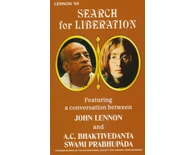Customers who bought this also bought
Life Comes From Life
Lord Caitanya His Life and Teachings
On Chanting Hare Krishna Booklet
Chant and be Happy
Path of Perfection (Original Edition)
Perfect Questions, Perfect Answers
Light of the Bhagavata
Krsna, The Reservoir of Pleasure
Sri Isopanisad [Hardcover - 1969 Edition]
The Topmost Yoga System
About this item
Introduction
As the sinful Ajamila lay on his deathbed, he was terrified to see three fierce humanlike creatures coming to drag him out of his dying body and take him away to the abode of Yamaraja, the lord of death, for punishment.
Surprisingly, Ajamila escaped this terrible fate. How? You'll find out in the pages ofA Second Chance: The Story of a Near-Death Experience.
You'll also learn many vital truths about the fundamental nature of the self and reality, so you can better prepare yourself for your own inevitable encounters with death and dying.
Even today, people momentarily on the verge of death report encounters like Ajamila's, lending credibility to the idea that there is life after death.
In 1982, George Gallup, Jr., published a book calledAdventures in Immortality,which contained results of a survey on American beliefs about the afterlife, including near-death and out-of-body experiences.
Sixty-seven percent of the people surveyed said they believe in life after death, and fifteen percent said they themselves had had some kind of near-death experience.
The people who reported a near-death experience were then asked to describe it. Nine percent reported an out-of-body sensation, and eight percent felt that "a special being or beings were present during the near-death experience."
The Gallup survey is intriguing, but it leaves unanswered this basic question: Is there any scientific evidence for near-death experiences, particularly of the out-of-body type?
Apparently there is--from studies of people on the verge of death who, while supposedly unconscious, accurately report events relating to their physical body from a perspective outside it. Heart attack patients, accident victims, and soldiers wounded in battle have all reported such experiences.
Dr. Michael Sabom, a cardiologist at the Emory University Medical School, undertook a scientific study of such reports. He interviewed thirty-two cardiac-arrest patients who reported out-of-body experiences. During a cardiac arrest the heart stops pumping blood to the brain, and so a patient should be totally unconscious. Yet twenty-six of the thirty-two patients reporting out-of-body experiences during cardiac arrest were able to give fairly accurate visual accounts of their resuscitation. And the remaining six gave extremely accurate accounts of the specific resuscitation techniques, matching confidential hospital records of their operations.
The results of Sabom's study, detailed in his bookRecollections of Death: A Medical Investigation(1982), convinced him of the reality of out-of-body experiences. He concluded that the mind was an entity distinct from the brain and that the near-death crisis caused the mind and brain to split apart for a brief time. Sabom wrote, "Could the mind which splits apart from the physical brain be, in essence, the soul, which continues to exist after the final bodily death, according to some religious doctrines? As I see it, this is the ultimate question that has been raised by reports of the NDE [near-death experience]."
The true dimensions of that ultimate question are thoroughly explored inA Second Chance,by His Divine Grace A. C. Bhaktivedanta Swami Prabhupada, the Founder-Acharaya of the International Society for Krishna Consciousness.
Thousands of years ago in India, the history concerning Ajamila and his near-death experience was related by the great spiritual master Sukadeva Gosvami to his disciple King Pariksit. Their conversation is recorded in the Sixth Canto of the Sanskrit classicSrimad-Bhagavatam,renowned as the ripened fruit of the tree of India's timeless Vedic literature.
The history of Ajamila is dramatic, powerful, and engaging. And the sharp philosophical and metaphysical debates that punctuate the action as Ajamila confronts the messengers of death and finds deliverance are bound to excite the interest of those concerned with life's deepest questions.
The Publishers

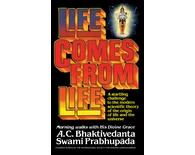
![Perfection of Yoga [1972 (first) edition] Perfection of Yoga [1972 (first) edition]](https://krishnastore.in/images/cache/PerfectionxofxYoga-195x155.webp)
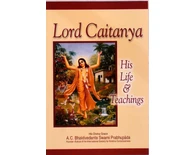
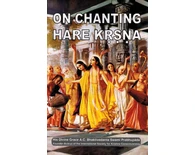
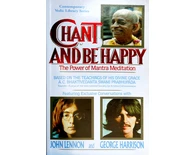
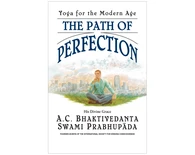
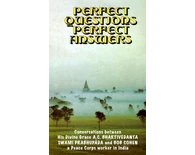

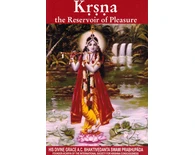
![Sri Isopanisad [Hardcover - 1969 Edition] Sri Isopanisad [Hardcover - 1969 Edition]](https://krishnastore.in/images/cache/SriIsopanisadCoverNewHardback-195x155.webp)

